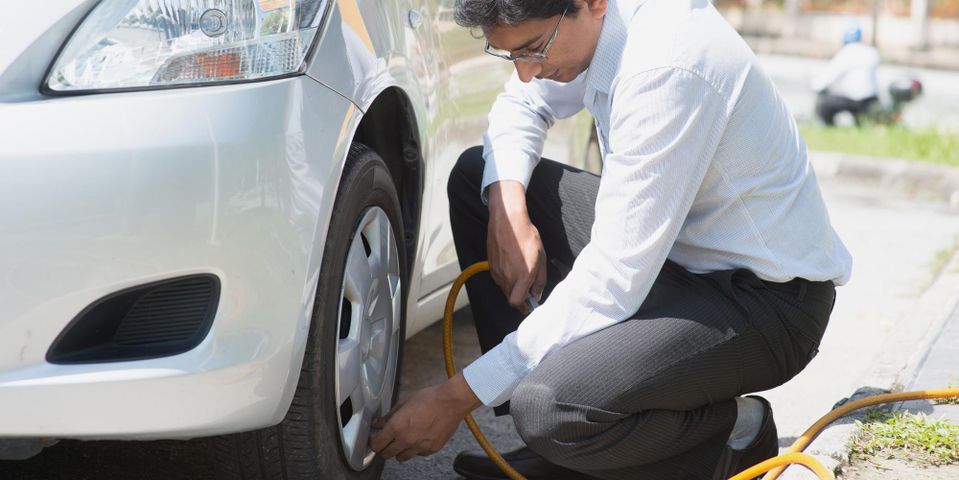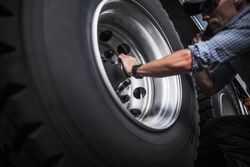4 FAQ About Tire Pressure

It may feel like a small act, but checking your tire pressure is one of the most important steps you can take to support your car’s fuel economy, safety, and longevity. That’s because pressure determines how your car rides and whether you’re due for new tires. Here’s what every car owner should know about this issue before they hit the road.
A Guide to Tire Pressure
What is the correct tire pressure?
The exact psi that tires should have varies. The car manufacturer will recommend the proper inflation. You can find this information in your owner’s manual or pasted inside the doorjamb of your driver’s side door.
How do I test tire pressure?
 The most reliable way is to carry a tire pressure gauge. Most gas stations also have equipment for testing and inflating the tires if needed. As a rule of thumb, check the pressure at least every month, or every time you fill your gas tank if you drive frequently.
The most reliable way is to carry a tire pressure gauge. Most gas stations also have equipment for testing and inflating the tires if needed. As a rule of thumb, check the pressure at least every month, or every time you fill your gas tank if you drive frequently.
How do I know if my tires are underinflated?
One sign your tires are underinflated is that your steering wheel is vibrating. If your car isn’t driving as smoothly as usual, underinflation could be the culprit. A decrease in fuel economy is another symptom of this problem, especially if you haven’t changed your driving habits.
Are there any exceptions?
If you drive a truck, you may want higher pressure in the front wheels to help haul heavy loads. Some manufacturers recommend adding an extra 3 to 5 psi to your tires in the winter. Your owner’s manual will indicate if there are instances in which it makes sense to slightly overinflate your tires.
Check your tires and get all the automotive services you need at M & R Automotive Service Center in Geneseo, NY. For over 20 years, this auto repair shop has provided exceptional customer service and workmanship, whether you need tire repair or an oil change. To schedule your service, call (585) 243-1201 or visit them online to read their testimonials.
About the Business
Have a question? Ask the experts!
Send your question

